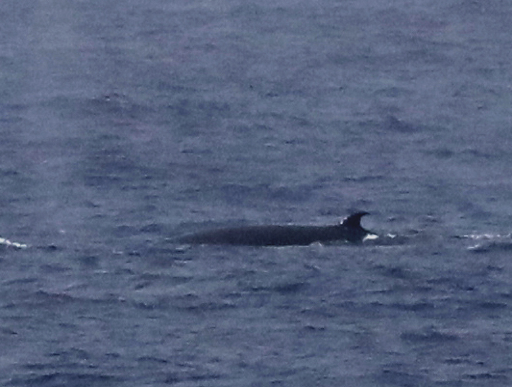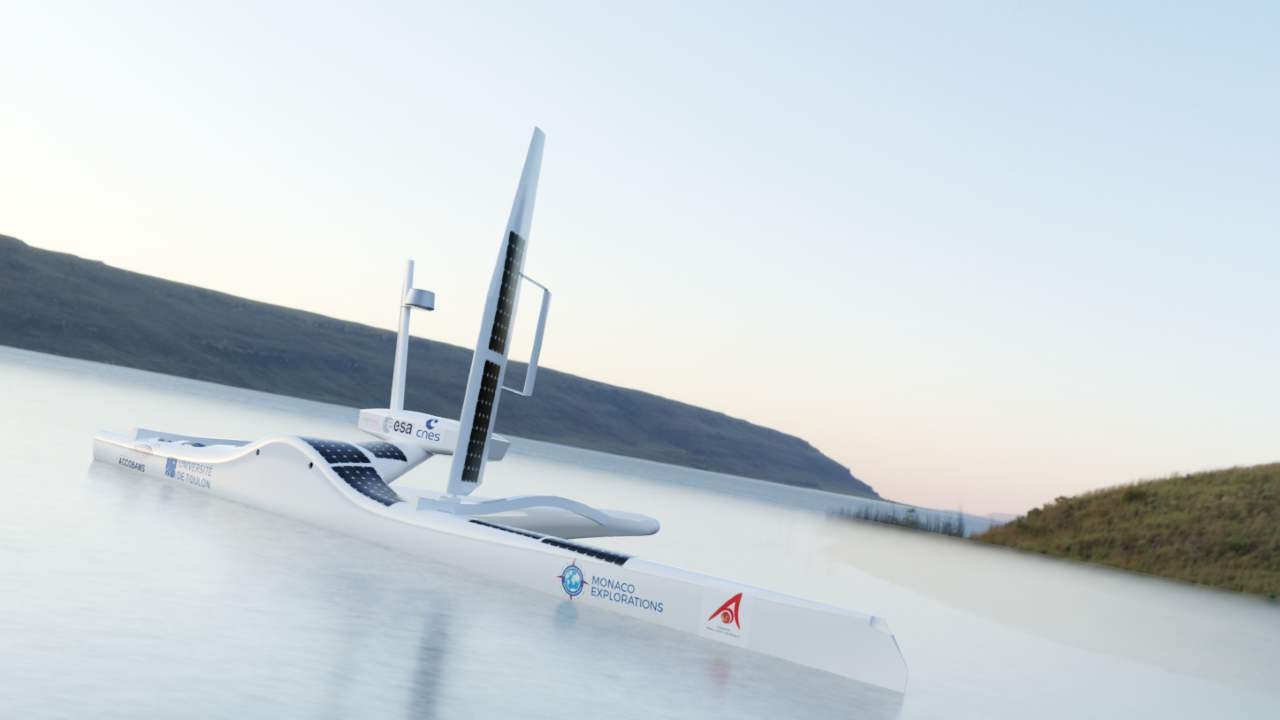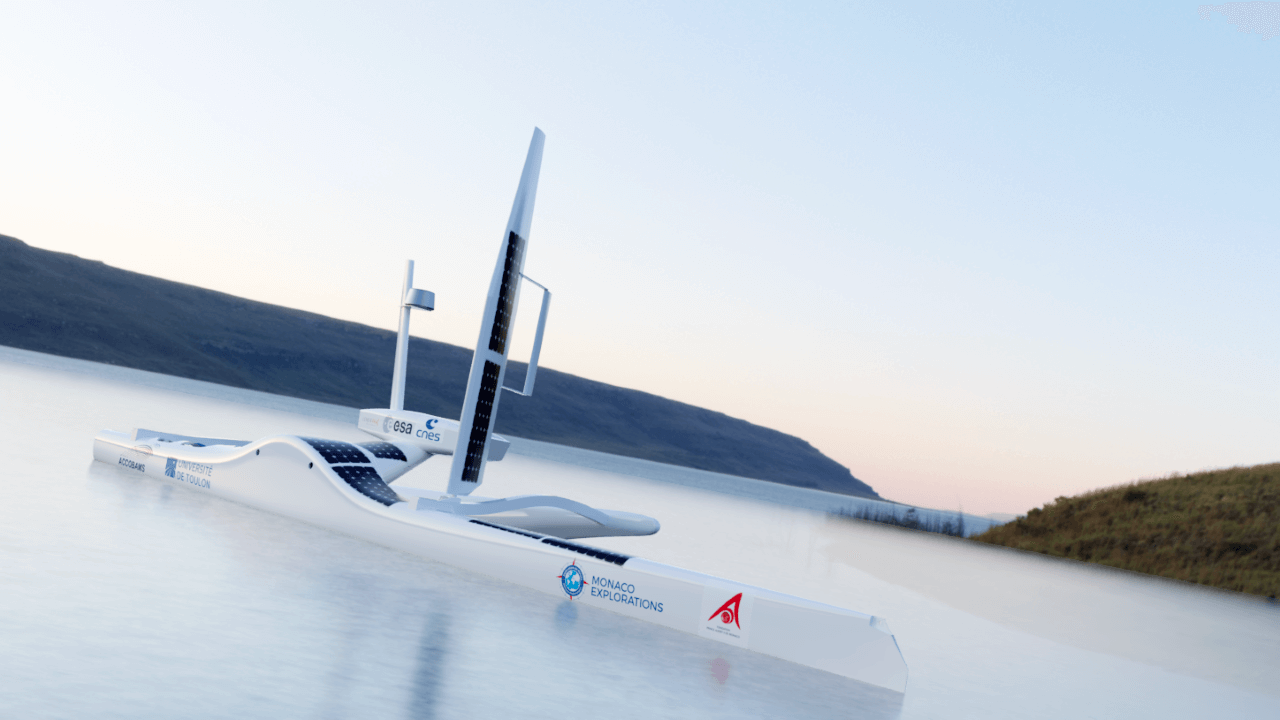
20 September to 22 Mach 2020
SPHYRNA ODYSSEY 2019/2020 MISSION – MEDITERRANEAN
- Acoustic, Dolphins, Mediterranean, Whales
Drones to study cetaceans
This mission is taking place in the Western Mediterranean until the opening of the Monaco Ocean Week on 22 March 2020, where the Sphyrna drones will be displayed to the public. It aims to describe the behaviour of cetaceans, without disturbing them and by sound recording only, and to collect a wide range of environmental data. For this purpose, many sensors and hydrophones were installed on two surface naval drones.
The cetaceans studied
This mission studies the trajectories and dive behaviour of four cetacean species present in the Mediterranean Sea: the sperm whale, the long-finned pilot whale, Cuvier’s beaked whale and Risso’s dolphin. These marine mammals have in common a great ability to dive in apnea to a depth of more than 500 metres and to spend more than 60 of their time beyond this depth. They are described as huge sounders, the sound being the apnea diving sequence.
Fact sheet Risso's dolphin ©Maurizio Wurtz / Oceanographic Intitute
Fact sheet Long-finned pilot whale ©Maurizio Wurtz / Oceanographic Institute
Fact sheet Cuvier's beaked ©Maurizio Wurtz / Oceanographic Institute
Fact sheet Cuvier's beaked ©Maurizio Wurtz / Oceanographic Institute
Ethoacoustics to track cetacean movements
In order to detail a day in the life of these large mammals, the nycthemeral diving cycle (one day and one night) will be observed through the continuous recording of sound emissions. Their exploitation will make it possible to reconstruct the cetaceans’ trajectories in the water column. The estimated duration of the hunting immersion, indirect estimates of the vertical migrations of squids, the favourite prey of the studied species, the position relative to the sea bed and its topography (bathymetry) will also be studied.
Animals subject to anthropic pressures
The coast of Liguria-Provence is an area much used by cruise ships, ferries, tankers and other ‘mastodons’ of the seas. These ships are very noisy and can have an impact on the local wildlife.
One of the mission’s objectives is to study this noise pollution on a large spatial and temporal scale. The recordings will allow the teams to measure the reaction of the large sounders to this noise disturbance and their ability to adapt to it during the diving sequence.
The study will thereby help to determine the preferred areas and hunting strategies of these cetaceans. These information elements based on a precise study will make it possible to provide recommendations to ships so that they can adapt their cruising speed.
Caudal fin sperm whale Physeter catodon F. Pacorel / Oceanographic Institute
The team
The mission is coordinated by Bertrand de Lesquen, Director of the journal Marine & Océans. It is under the operational direction of Fabien de Varenne, President and founder of the Sea Proven company which designs and manufactures the Sphyrna drones. The scientific direction is in the hands of Professor Hervé Glotin from the University of Toulon. Over the course of the three-month mission, ten or so scientists take turns on board a catamaran which accompanies the drones to ensure the smooth running and analyse the data collected along the way.
Location
Two innovative drones
- The Sphyrna 55: 16.75 metres long – 4 metres wide – Over one tonne of useful load – Maximum theoretical speed: 15 knots – Mission speed: between 2 and 5 knots – autonomy: 12 months – Power for payload: 1 000 W.
- The Sphyrna 70 : 21.30 metres long – 4 metres wide – Over one tonne of useful load – Maximum theoretical speed: 17 knots – Mission speed: between 2 and 5 knots – Power for payload: 1 200 W.
Photo gallery
Pilot whale Globicephala melas ©M. Dagnino / Oceanographic Institute
Caudal fin sperm whale Physeter catodon F. Pacorel / Oceanographic Institute
Pilot whale Globicephala melas ©M. Dagnino / Oceanographic Institute
Linked articles


- ·
Special Sphyrna Odyssey operation “QUIET SEA”

- ·
Six months listening to the abyss

- ·
